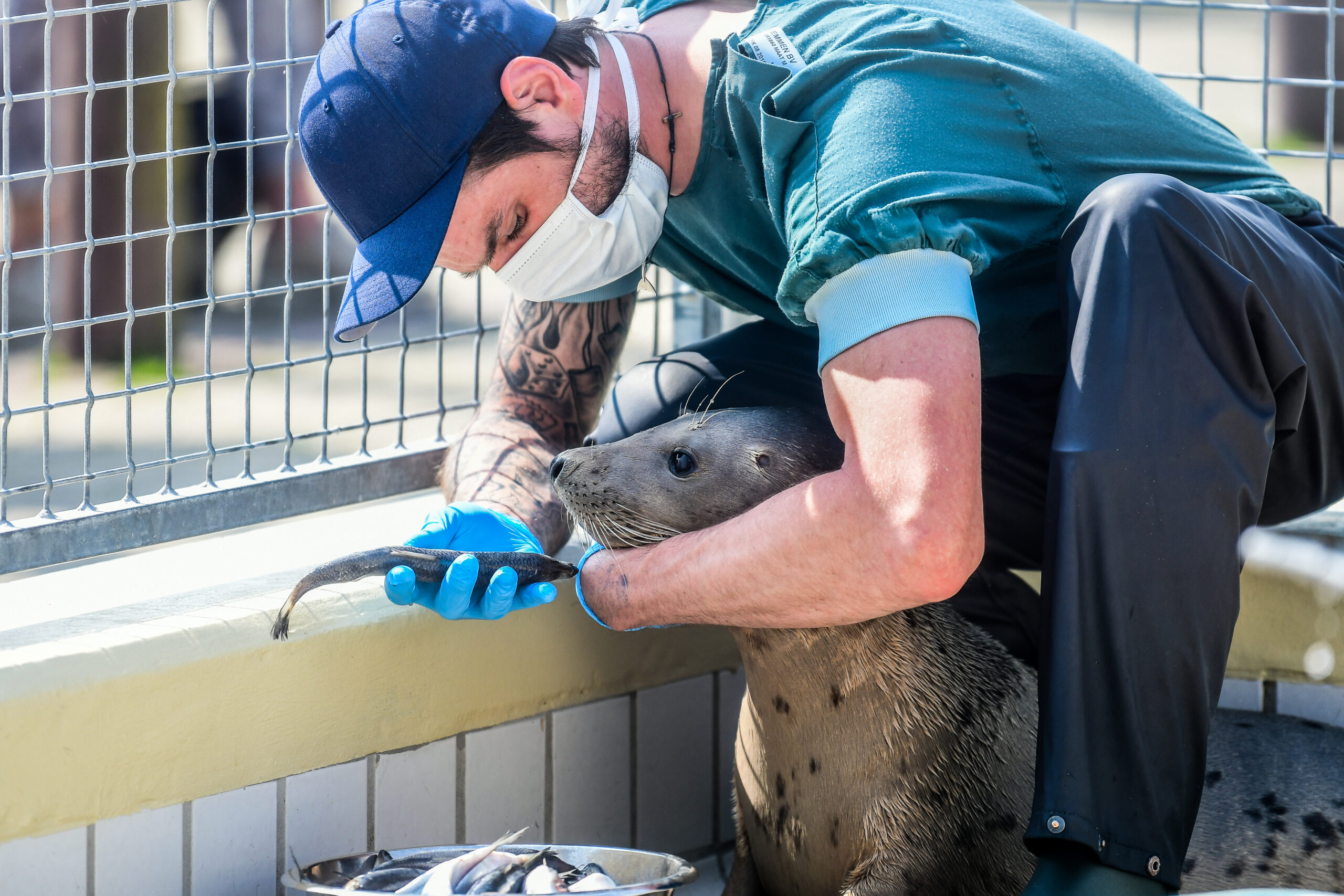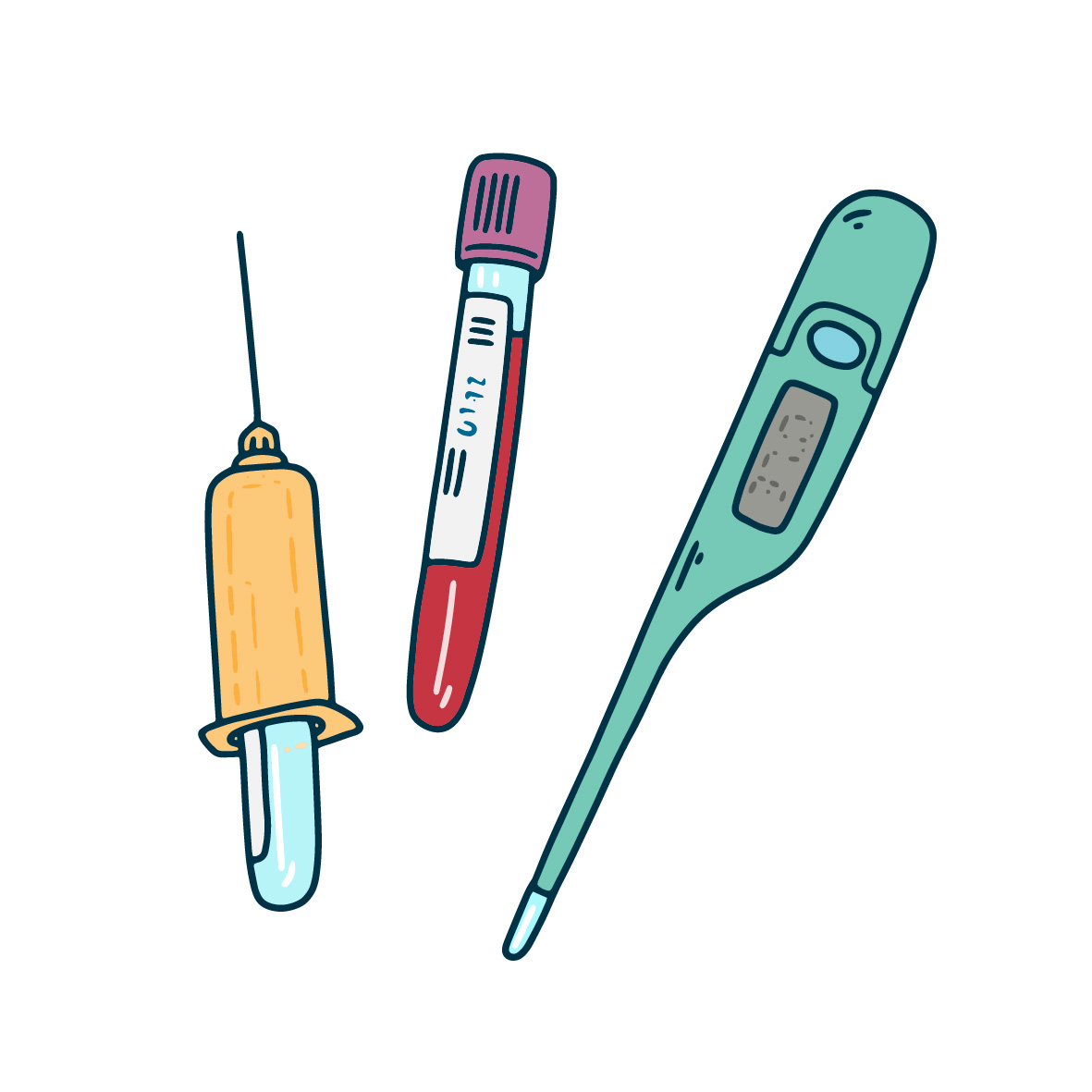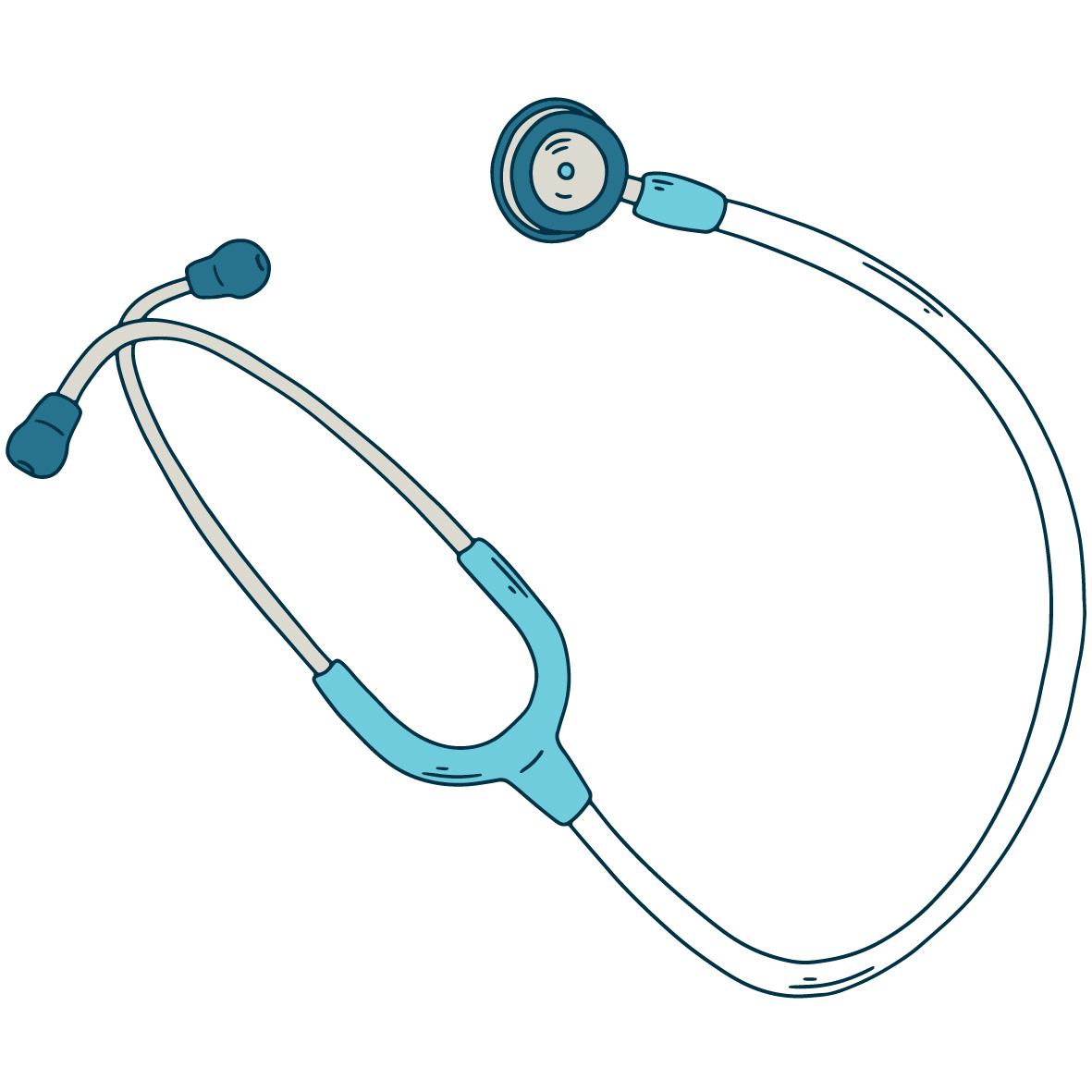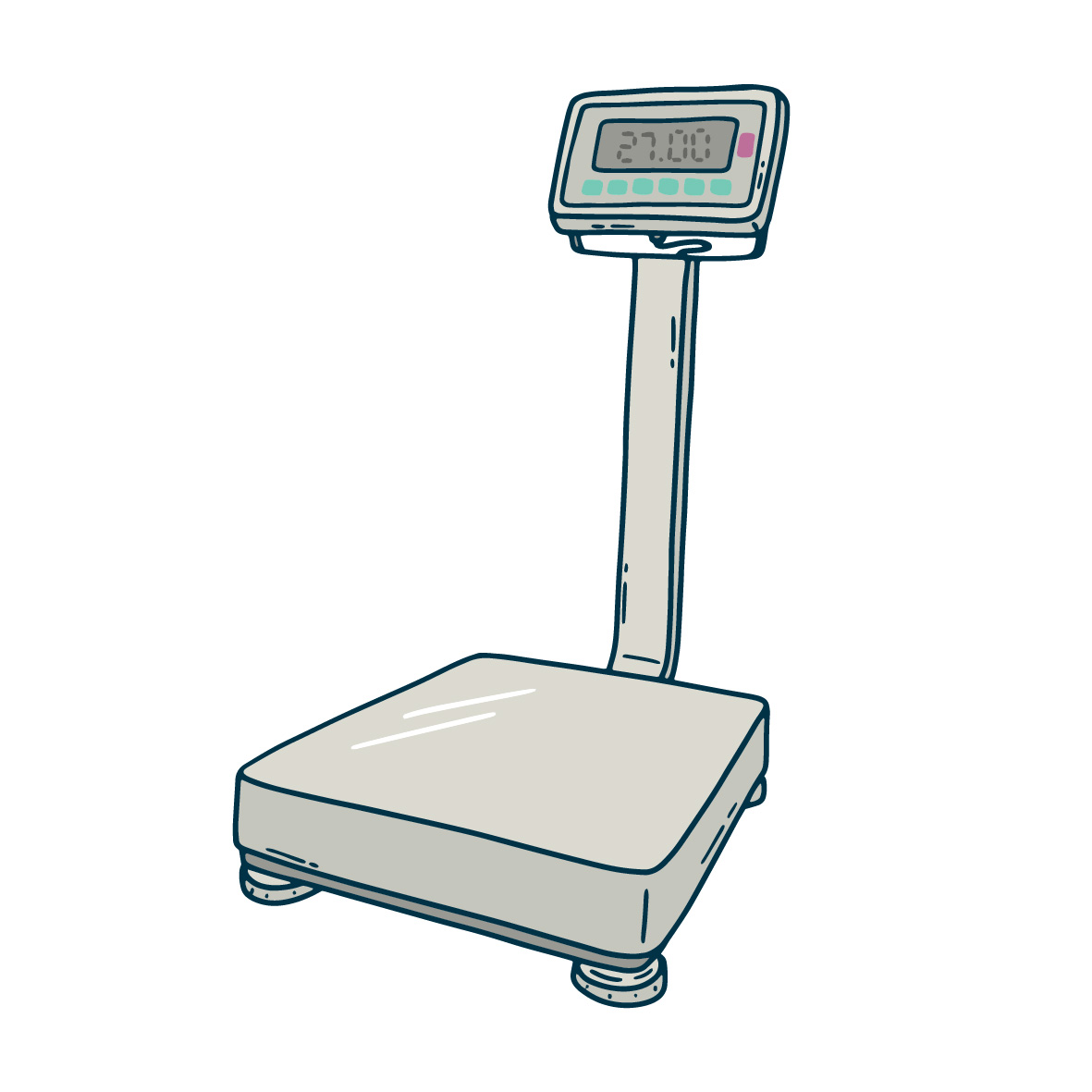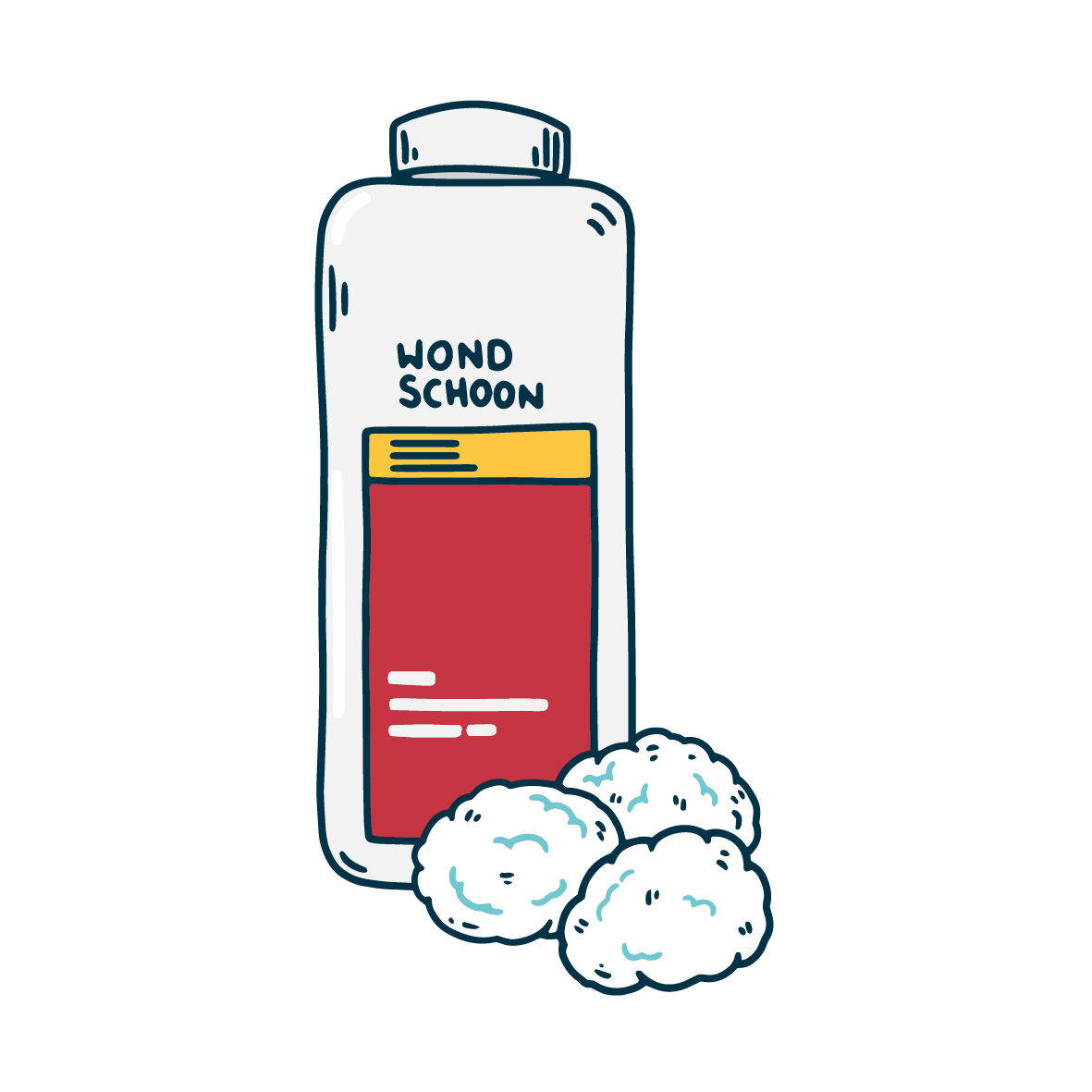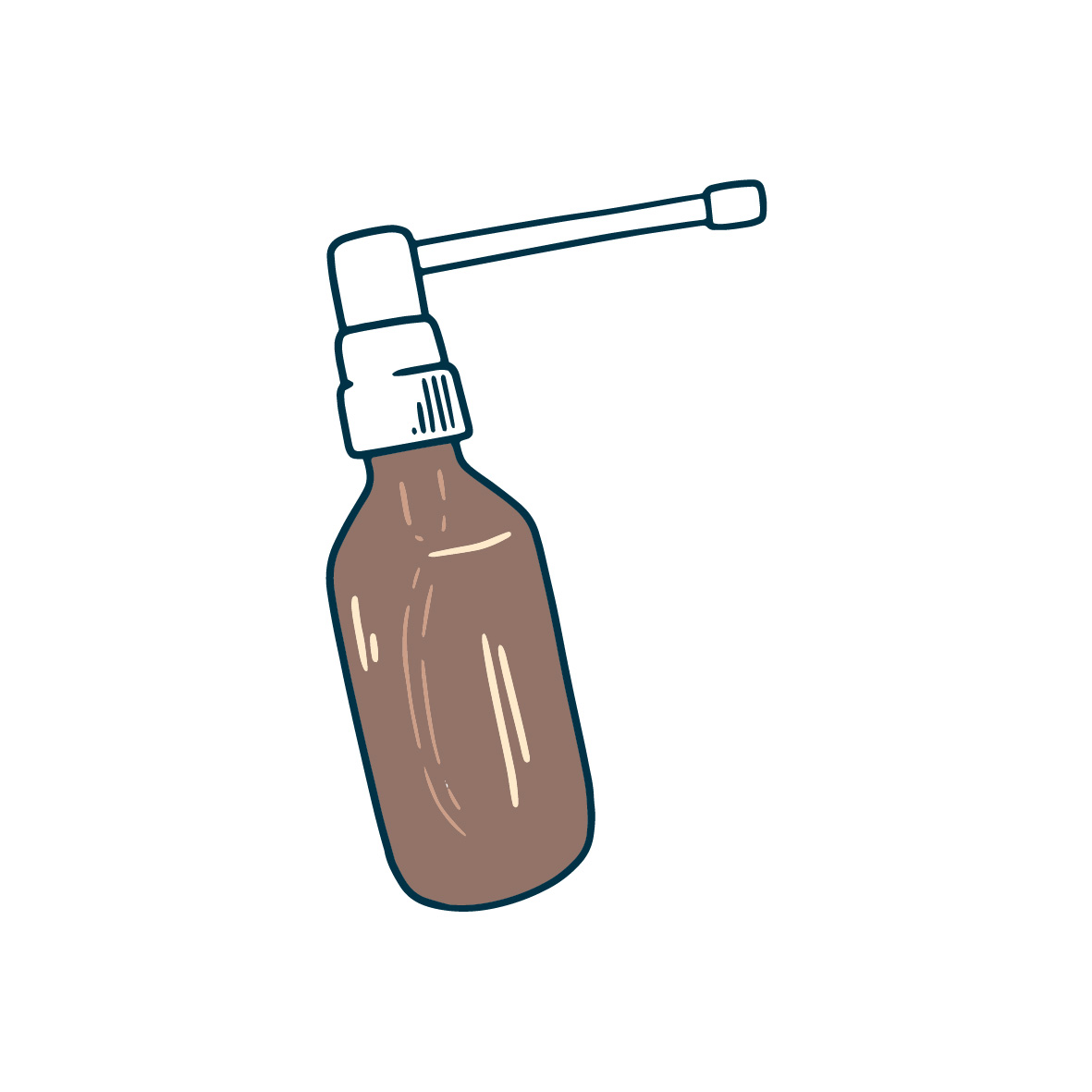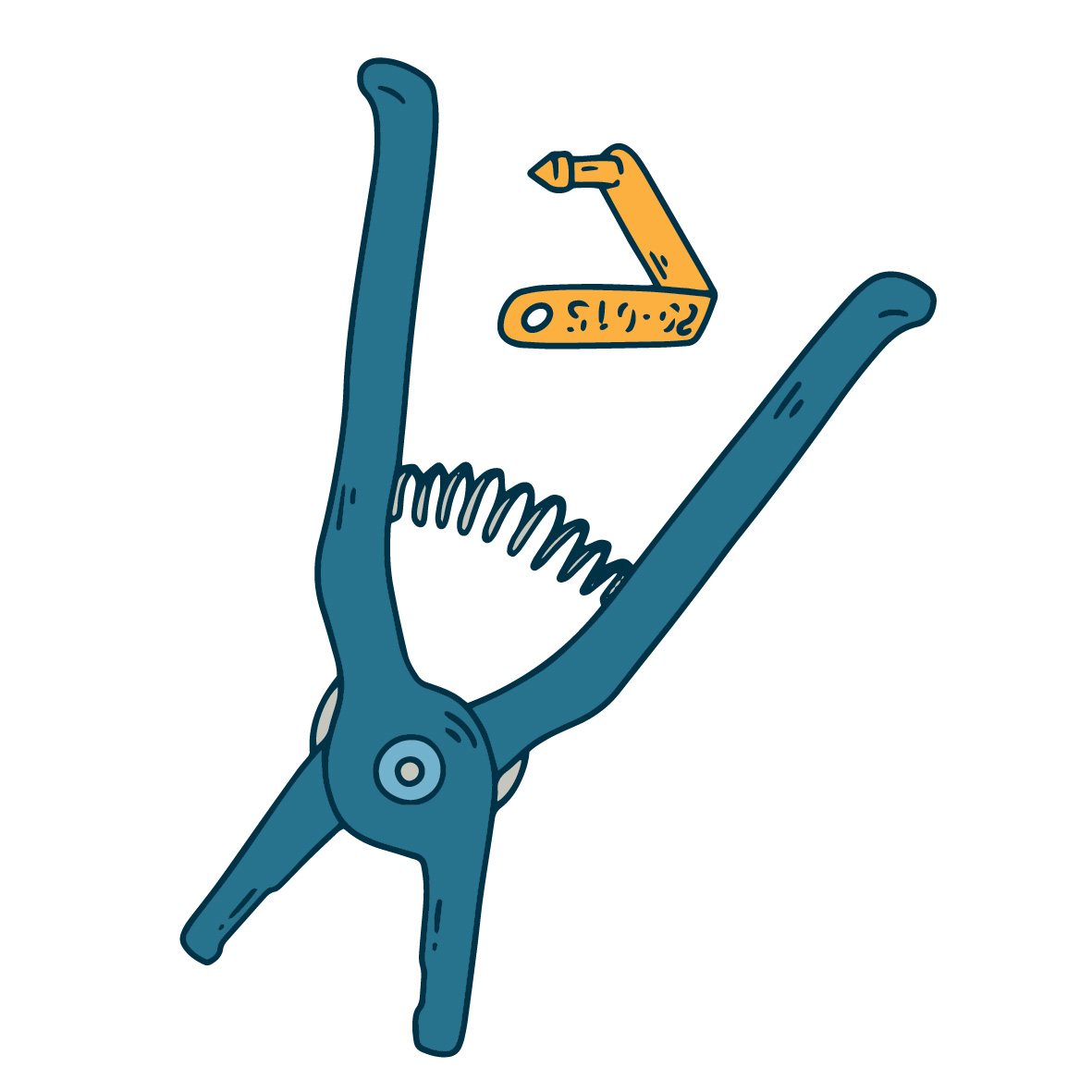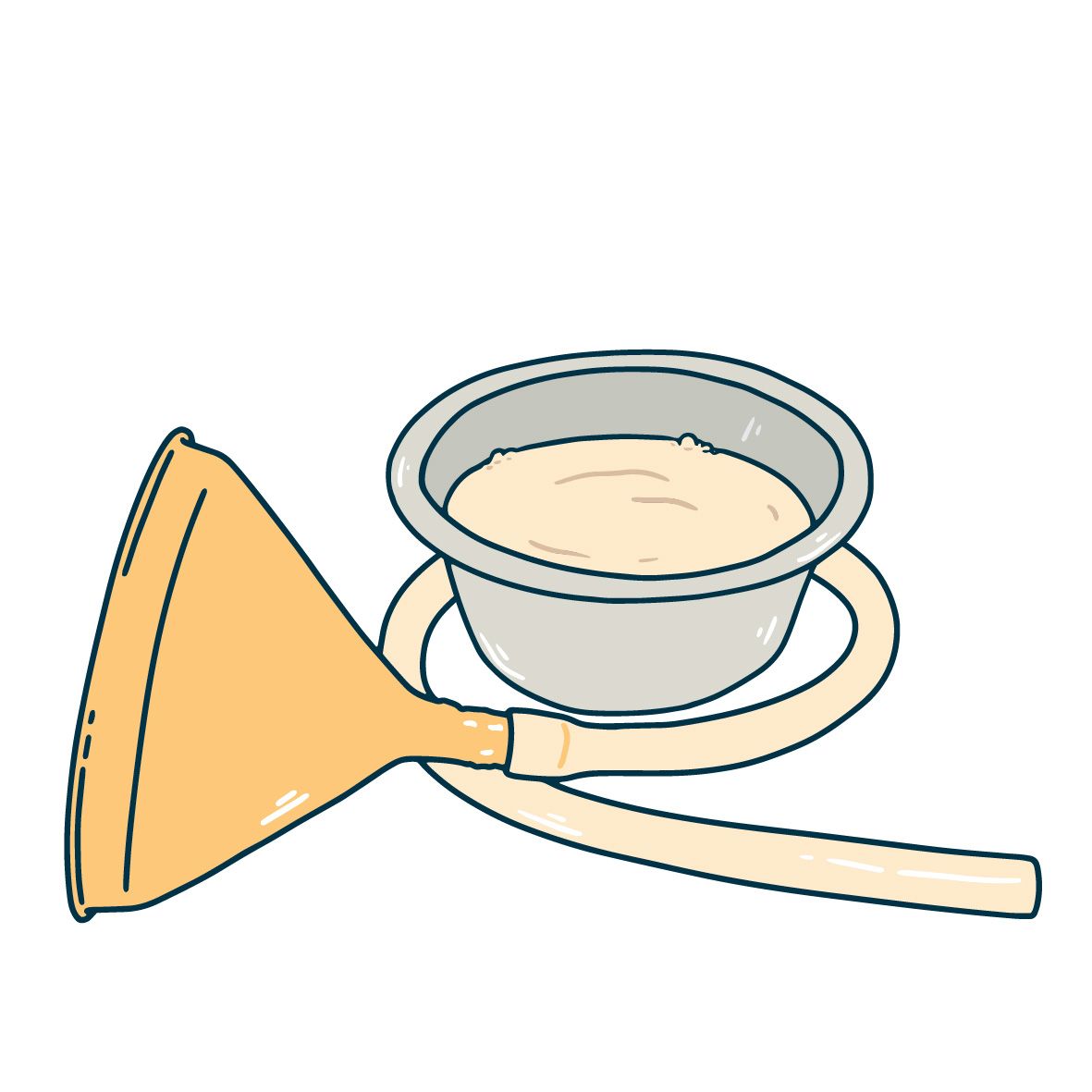Newborn pups often still have a piece of the umbilical cord attached to their abdomen. The umbilical cord can leave a wound if it falls off. To prevent it from becoming infected, we clean the area around very well.
This also happens every day after the intake, until the nurse can see that the wound has healed properly. The spray that is used to protect the wound has a bright blue color. That's why some puppies have a blue spot on their belly!
Did you know...
By looking at the umbilical cord, we can estimate how old the pup is. A pink, fresh umbilical cord means the pup is no more than a day old. A brown, shriveled umbilical cord: the pup is already a few days old. Does the pup have no umbilical cord at all? Then it is probably more than a week old.
